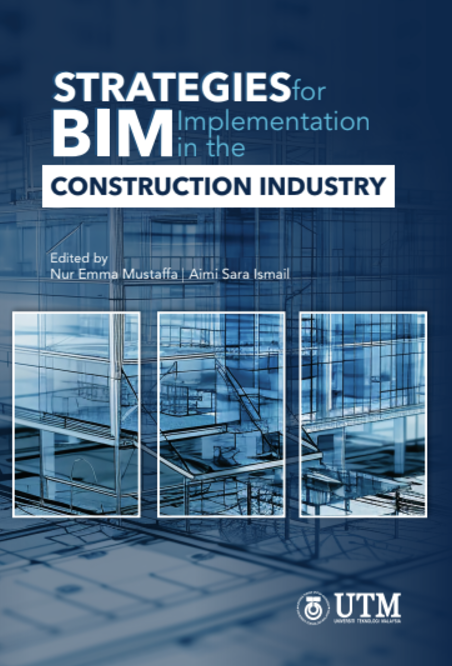Description
It cannot be denied that buildings are becoming more complex and the way professionals in the construction industry communicate with one another is also changing. The communication process requires integrated and coordinated effort from the players. With the implementation of building information modelling (BIM), there is an integrated mode which glued policies, processes and technologies which in turn generates a methodology to manage the essential building design and project data in digital format throughout the building’s life cycle. It brings forward interdependency that exists between structure, architectural layout and mechanical, electrical and hydraulic services by technologically coupling project organisations together.
Professionals in the construction industry regard BIM as a disruptive force, altering the way building professionals design, build and manage a built structure. With the emphasis on how BIM is embedded in various spectrum of activities in the construction industry, the prime intention of BIM Implementation Strategies in the Construction Industry is to encourage readers to embrace the disruption and use BIM as a catalyst that spearhead technological advancement in the industry.
It should be highlighted that BIM is a holistic concept that does not centres around the adoption of software in the construction process. Therefore, the chapters in this book provide insight for assessing the current process and implementation of BIM encompassing various aspects of BIM. It may stimulate the readers’ mind on strategizing BIM in their own work perspectives. The chapters encapsulate topics covering areas such as heritage BIM which differs from the common place application of BIM to new construction; the adoption of 4D BIM to enhance safety management in construction process, the dynamic of BIM in handling design changes; the standard form of contract use globally to govern BIM implementation and the essential documents to be in place for BIM efficient management in a project. BIM also has a significant impact on the quantity surveying profession effecting aspects such as education, recruitment, and training, as identified in this book.
Therefore, this book is an essential reading for anyone involved in BIM education, digital construction, architecture, and engineering, as well as for professionals seeking guidance on the industry expectation regarding BIM strategies.




